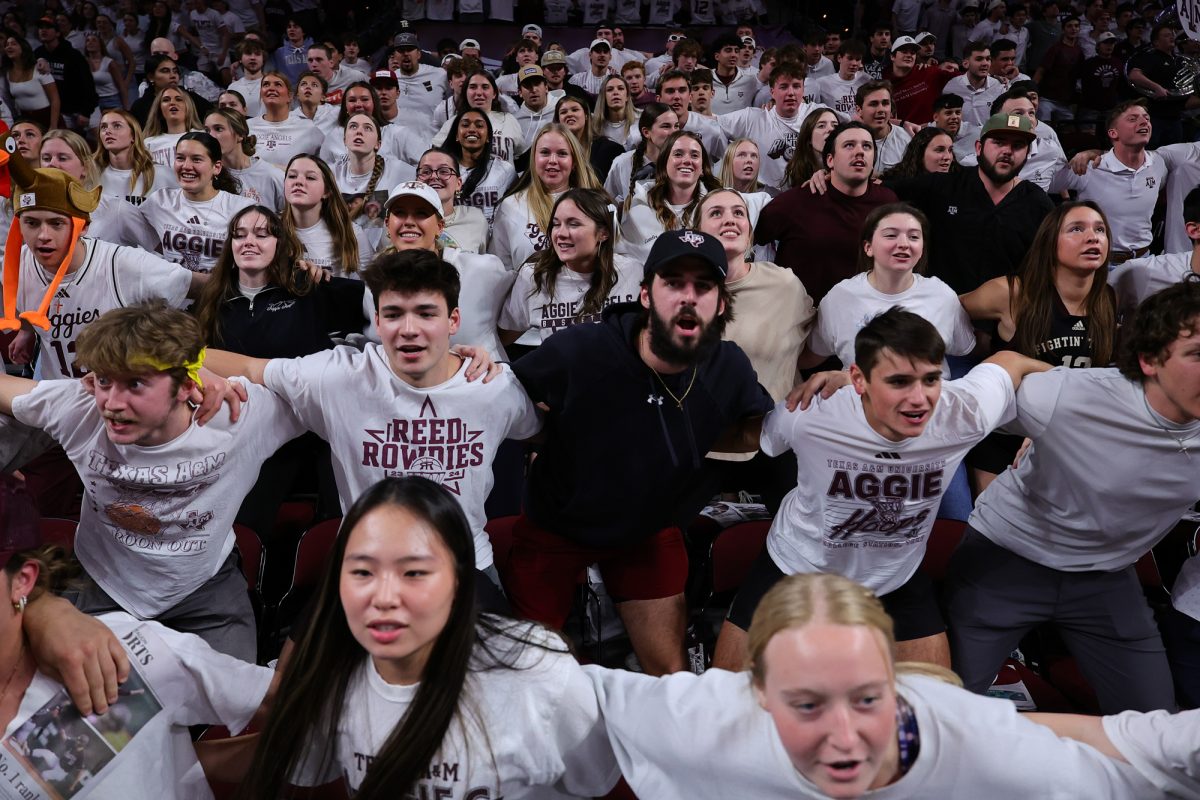Texas A&M’s plan to begin restructuring in the middle of a pandemic is part of its ongoing failure to protect and support the campus community.
Restructuring plans in the report from MGT of American Consulting come at the height of faculty and student burnout, two months into a semester in which we are being asked to assume an undue risk of exposure. Every day since the start of the fall term we have had to expose ourselves to COVID-19 in small, windowless classrooms; in cramped elevators with over a dozen, unmasked people; in poorly designed restrooms; and in any number of spaces that were never built to accommodate the record number of students that A&M continues to admit.
Faculty have so little power that we cannot unilaterally take a class online for a few days or build mental health days into the syllabus for students who desperately need it. And in addition to teaching, researching and meeting an ever-growing number of record-keeping tasks, we are now forced to weed through flow charts like tea leaves to figure out when and how to get permission to protect students while meeting our curricular obligations.
The university only belatedly provided masks and wipes in classrooms. It was weeks into the semester before we could be notified if students in our classes tested positive for COVID-19 and could then “encourage [them] to test and self-monitor,” thereby allowing faculty to “follow their conscience.” What does it mean to “follow our conscience” when the greater good of mask mandates has been ignored and the contact tracing system is uneven at best? What can our conscience realistically accomplish that science, common sense and university leadership have not in a public health crisis? Encouraging our students to test and monitor while allowing us only to give extra credit for mask wearing means that the administration treats us all like adults and children at the same time, defeating the idea of actual responsibility.
If only the conscience of the administration had compelled A&M to issue limited, science-based mask mandates for some spaces, to begin the semester with all protective equipment in place, to give faculty flexibility in meeting the curricular and mental-health needs of students, as well as our own mental-health needs. Instead, all we were given is an ethics of permissibility and confusing, often contradictory, guidance.
We experience this all while many of us are juggling exposure and illness of other family members such as our young children in a public school system in Brazos County that shows the same lack of leadership as the university. And for those with prior conditions that do not fall under the neat list of recognized ones, this kind of exposure is simply forced recklessness. Not giving faculty the flexibility to reduce risk, while still teaching face to face, or to respond to the enormous and unprecedented amount of anxiety and stress faced by our students, shows a true lack of planning and leadership.
Top-heavy administratively, A&M is an alienating complex of system rules, by-laws, policies and punitive and artificial limits that undermine academic freedom. And it is this bloated galleon that will now be reorganized with only three weeks of input from the campus community. So, while faculty have to worry about our own and our students’ physical and mental health, the ground under our feet, the institution itself, is literally shifting. No amount of restructuring can change the fact that A&M is now literally so big, so bureaucratic, so unresponsive to the actual human beings that work here, that although the university is too big to fail, it repeatedly does so.
The MGT report does nothing to change this. In recommending the compression of International Studies and Economics into the Bush School, the report assumes the fungibility of different types of knowledge. The recommendation of a School of Visual and Performing Arts comes as a slap in the face to those who have seen Performance Studies robbed of its vibrancy over many years. In proposing that Journalism be elevated from a concentration, the report does little more than parrot what faculty have already seen as necessary. The centralization of various administrative and tech units will create both more bureaucratic bloat and more disconnect between the university and its constituents. It also promises to continue to overtax already stretched staff members, particularly those working part-time and those meeting the administrative needs of two or more programs.
It stands to reason that if A&M had actually listened to its faculty and staff over the last 10 years, the $600,000 report itself would have been unnecessary. Instead, that money could have been used to shift part-time staff to full-time status, to create more robust programs, to cultivate a more humanly responsive administration, to implement more timely and flexible measures to keep us safe, to restore the myriad number of academic freedoms earned and lost.
We do not need another report that does not accomplish the fundamental task of improving our collective learning environment.
Shona Jackson is an Associate Professor in the Department of English.
















